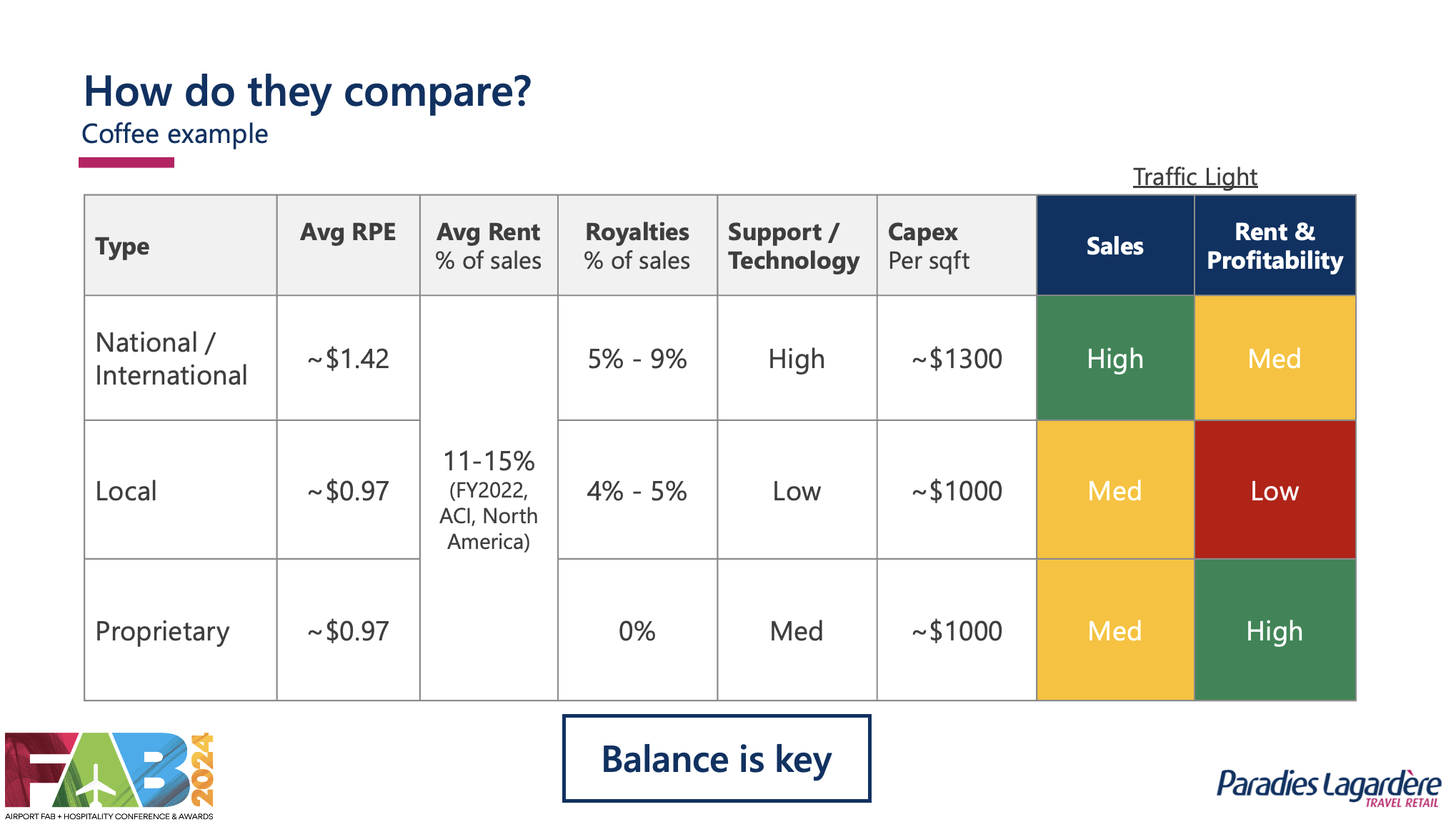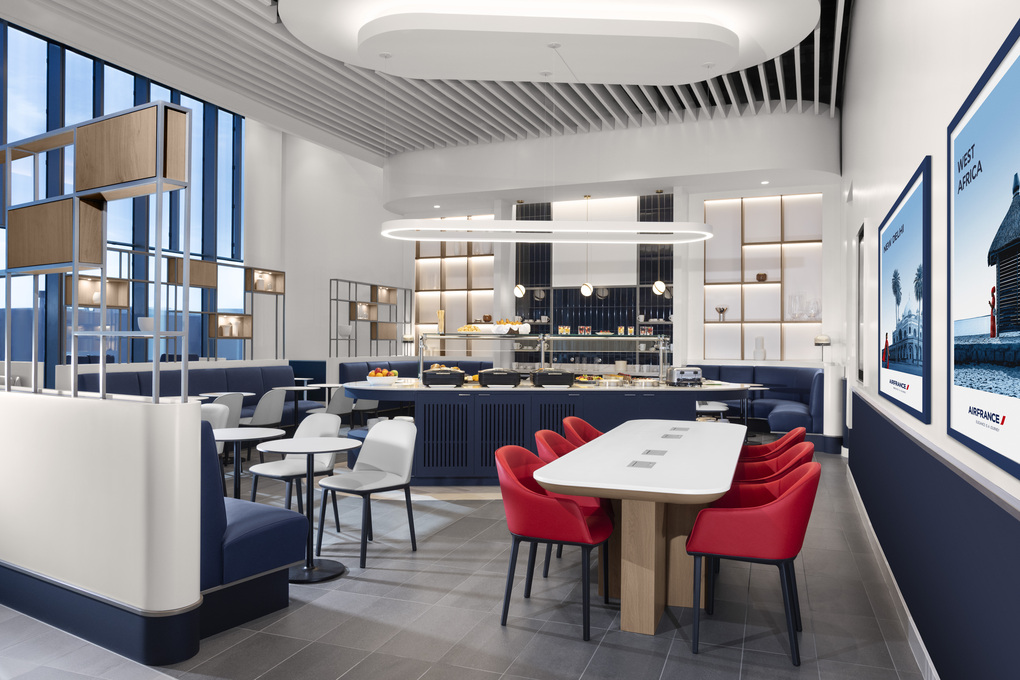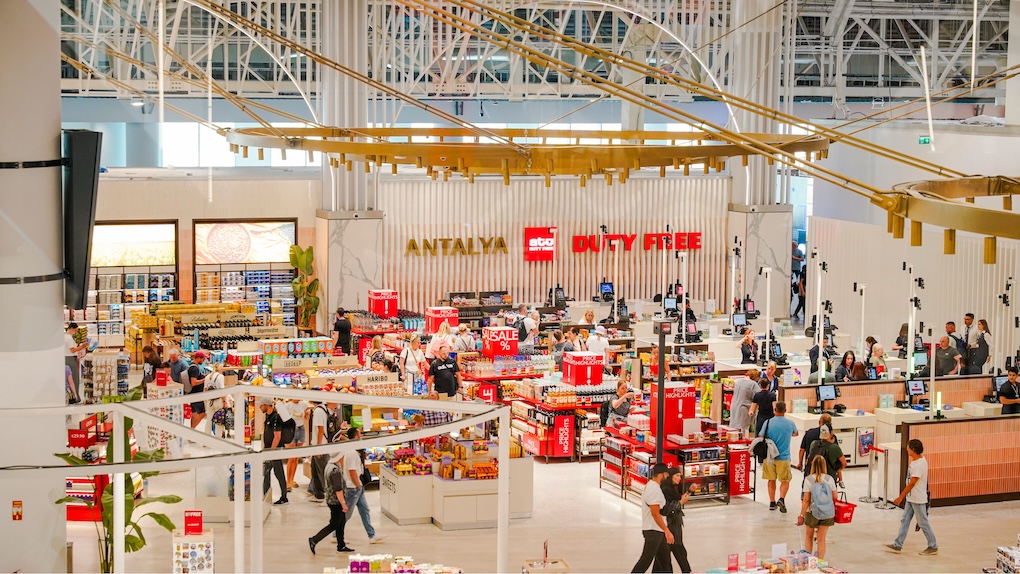USA. The profitability of airport concessions in North America – and of the role that local, national and proprietary brands play in this – was a central theme of a compelling session at the Airport Food & Beverage + Hospitality Conference last week.
The event, organised by The Moodie Davitt Report, took place on 25-26 June in Ontario, California. [More coverage will follow across our platforms.]
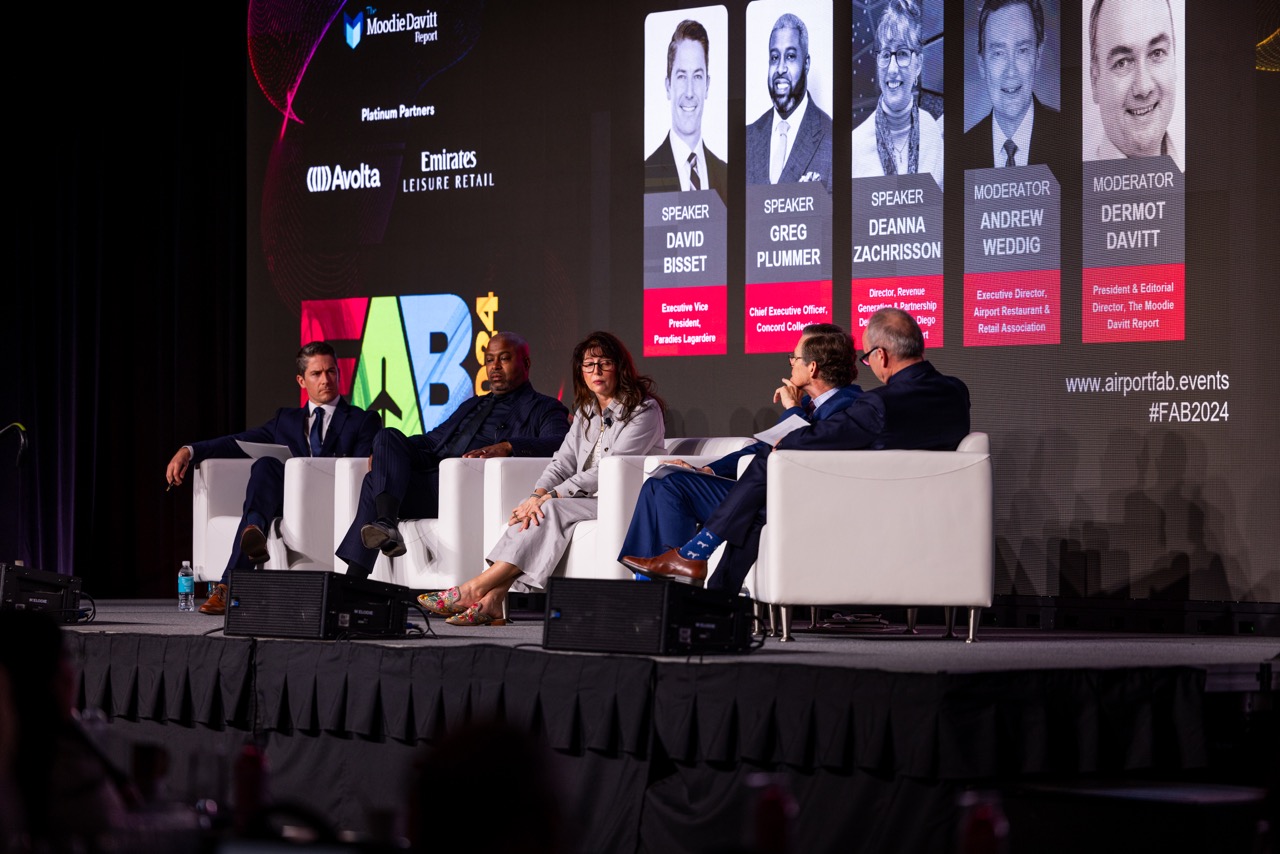
A panel discussion of the challenges facing the concessions industry at North American airports, co-organised with the Airport Restaurant & Retail Association (ARRA), featured ARRA Executive Director Andy Weddig; Concord Collective/Enjoy Repeat and Fly with Breeze CEO Greg Plummer; Paradies Lagardère Executive Vice President David Bisset and San Diego International Airport Director, Revenue Generation & Partnership Development Deanna Zachrisson.

A key starting point, noted Andrew Weddig, was that the ‘new normal’ for food & beverage and other airport commercial partners in North America remains a long way from mirroring pre-pandemic conditions, and the threats to the business have become more, not less, acute.
For many, costs have risen sharply, with concessionaires struggling to afford to build new restaurants against a backdrop of rising construction, labour and financing costs – while contract terms in many locations make it difficult to accelerate recovery.
Building on this theme with a superbly insightful analysis, David Bisset highlighted the acceleration of local concepts as part of the airport commercial mix, compared to national or proprietary brands.
From around 32% in 2015 and 38% in 2022, such brands could potentially represent 48% of the regional market by 2026 he said, based on ACI and company data, plus an evaluation of the direction taken by many RFPs in the market today.
Bisset noted a disconnect between airports demanding local concepts in their RFPs and the ability of many of those local concepts to deliver commercially.
“We have always had a blend of brands: local, national, international and proprietary, and in the past the focus was heavily on national and international. We then moved more to proprietary and now we’re very focused on local and on sense of place,” he said.
“While it’s great for the local brands [to have enhanced presence] there is an issue. Proprietary is the section that is going to be squeezed, and that’s going to have a profitability impact for concessionaires and on rental yields.”
Bisset added: “The customer familiarity with say a Starbucks Coffee versus a local or a propriety concept is very different.
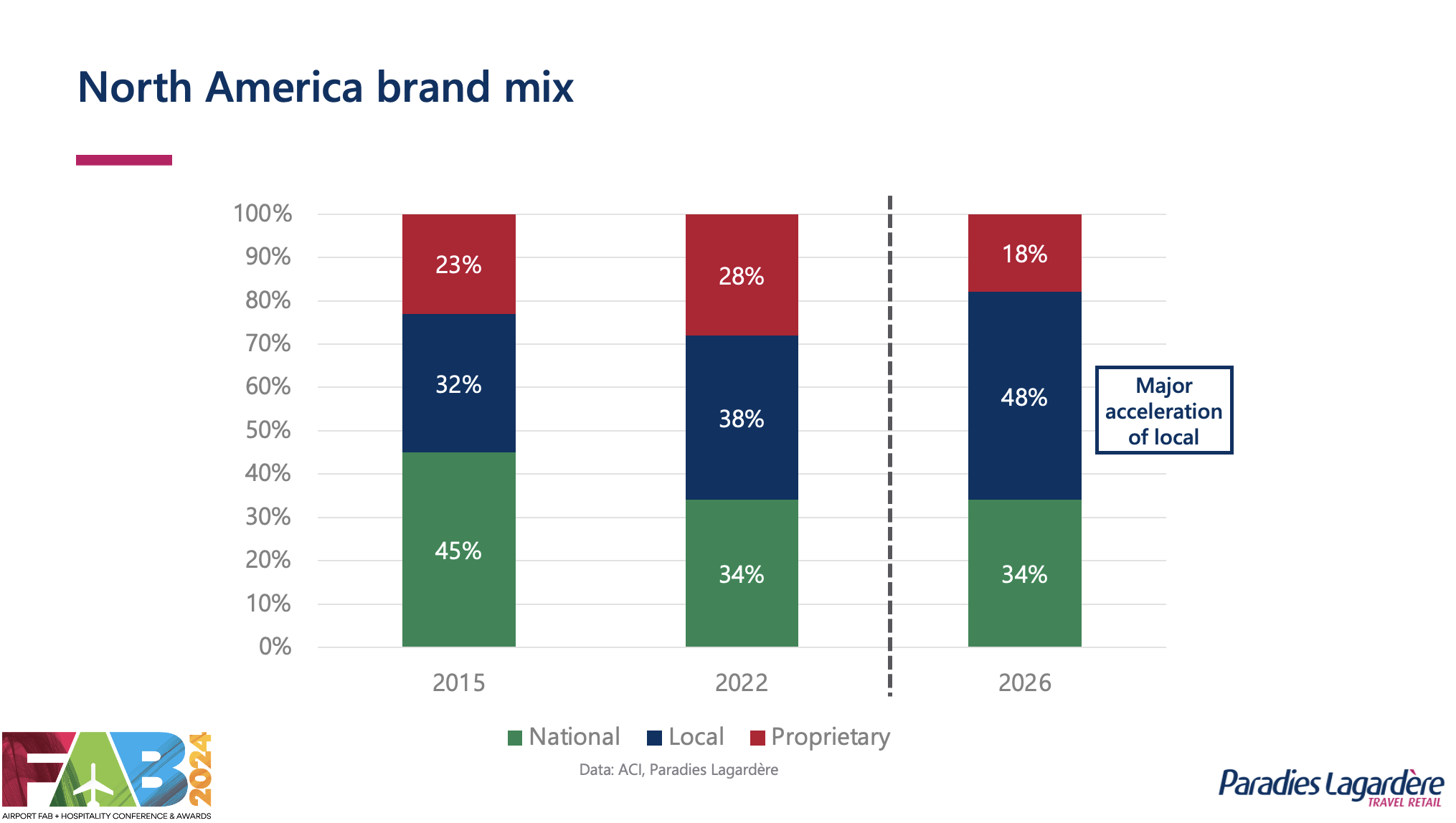
“And it is shown in the numbers [see chart -Ed]. If we look at national and international brands, there is an exponential level of sales greater than that of local or proprietary brands. Anybody who has operated a Starbucks knows that.
“There is often really no difference in sales between local and proprietary concepts but if you look at the royalties column, you can obviously end up in very different situations. With a local brands you are talking about royalties in the 4% to 5% range, and that means 4% to 5% of sales risk free to them. [This compares to around 5-9% for national brands -Ed].
“The concessionaire pays the capex. The concessionaire handles the employees. They hold the lease at the airport, and essentially that local brand, who may have one or two stores, is now getting 5% of sales of that concept for the length of the lease, possibly over ten years.

“If the average airport business has a 10% EBIT, you are giving away half the bottom line to a local brand.”
The impact on profitability is vast compared to brands owned directly by the concessionaire, he asserted, as these attract no royalties – and under a package they can help create a more compelling rental yield within the concessions programme.
Bisset also highlighted the support a concessionaire receives from big brands in return for the higher royalty.
“If you work with a Starbucks, you get a loyalty programme, you get brand awareness, you get online ordering, you get standard operating procedures, you get design support. There’s a huge amount that comes with that process.
“If you work with a local brand, you build everything for them. You support them to expand their business. You literally create everything. Then you typically use your own technologies to develop it.”
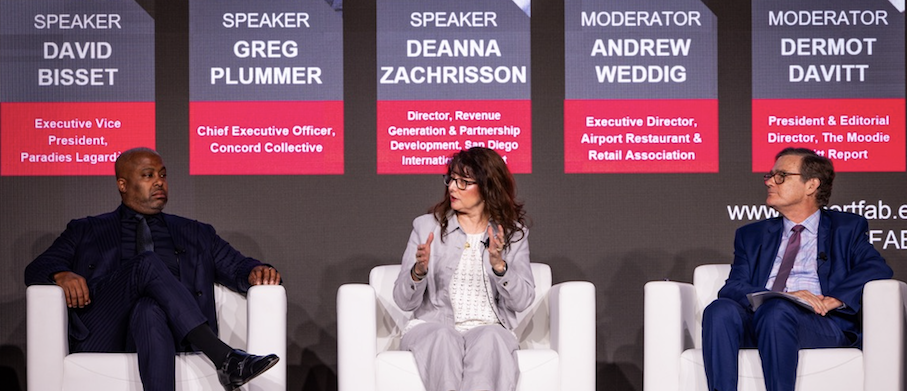
The central point, noted Bisset, is to ensure balance across the portfolio, as each type of brand serves a different need.
Reacting to the analysis with an airport lens, Deanna Zachrisson said that not all local concepts can be rated equally. “In our RFPs we were looking for the local concept that was really punching above its weight – not the local concept that has no name recognition. We wanted the local concept that has maybe 25 locations in San Diego.”
The wider panel conversation focused on other heavy costs of doing business, summed up initially by Andrew Weddig on behalf of ARRA members.
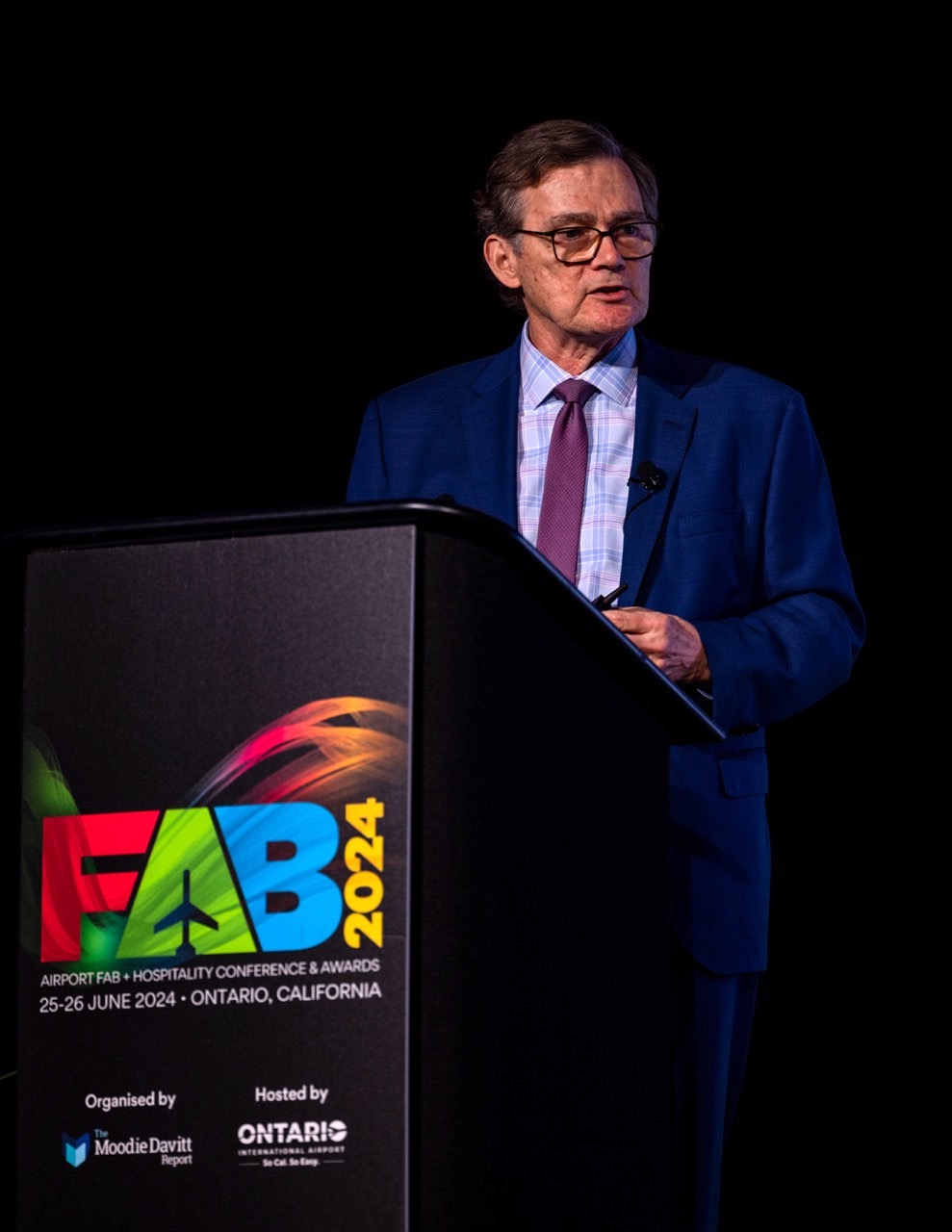
“We are at a cross-roads. We need to make choices together. The current situation is not sustainable. Labour costs are rising, permanently, as what is given out cannot be taken back. Construction costs have soared. Interest rates are back to normal – we were previously in an abnormal period of lower rates I suggest and we must live with that.
“A survey of our members shows about a +38% increase in associates’ wage rates over the past two or three years, and a weighted increase of around +37% in construction costs since the pandemic began.
“Each of these is compounded by the impact of higher interest rates, and all of that affects the capital situation our members are facing. Factor in that sales per enplanement (ACI data) have basically stalled in recent years.
“What does this all mean? Well, pre-pandemic the pre-tax profit margin on sales was about 10.6%; today it is closer to zero, with all of the changes over the past four years. So do we change our model or keep our model? Either way there are consequences.”
Addressing how these challenges have affected his business at Los Angeles International Airport, Greg Plummer said: “We took over some major concessions in 2021 and we had to hire in the midst of the greatest hiring shortage probably in history, and we had to open restaurants quickly. That was a big challenge when 40% of our cost is labour.
“The cost of capital is also a big challenge, more so for a small company, which does not have assets it can pledge to the bank. We pay more for capital in reality. We also face the same economics as the larger companies and there is no discount for us on fit-out, so in effect we pay more across the board.”
Separately, Bisset highlighted the levels of debt taken on by concessionaires during Covid and the government support for airports and their partners that kept business going. He also pinpointed increased prices (much of it from the supply side) as a further factor that had enabled operators to boost incomes.
On costs he added: “In food & beverage, we see that capex has increased +47% per square foot on average versus 2019 and that staff cost has gone up about +30%. So two of our main drivers in our business have gone up, but yet terms and rental yield expectations have remained largely unchanged.

“As of today, there are 47 active RFPs in in North America, across food & beverage and retail, all due over the next 60 days. That is an extreme amount of volume. Again, looking at each of those RFPs, we do not see that the current economic conditions are reflected in them, meaning they are broadly using the same playbook as pre-Covid.
“Our approach as a company remains unchanged. We run a financial model for every opportunity. We have minimum expectations that we must meet financially for shareholders to approve the capital. If you look at a deal and it doesn’t pencil, you cannot proceed with it.
“So I am going to give you a prediction. With the sheer volume of RFPs in the market, we now have a quantity and a quality problem. The quantity means that there is essentially not enough capital to respond to all opportunities. This is where quality kicks in.
“For those airports and those partners that create RFPs that make sense and reflect the current economic environment, they will get the responses that they are looking for. The ones that do not will get an inferior response, which is most likely going to result in a reissuing or retendering.”
Deanna Zachrisson assessed the challenges for the industry in light of the one million sq ft new Terminal 1 that will open at San Diego Airport next year.
“We saw the glut of RFPs that was coming across the industry and we got out a little ahead of many other airports. We listened a lot and understood the many factors at play because we couldn’t afford to fail.
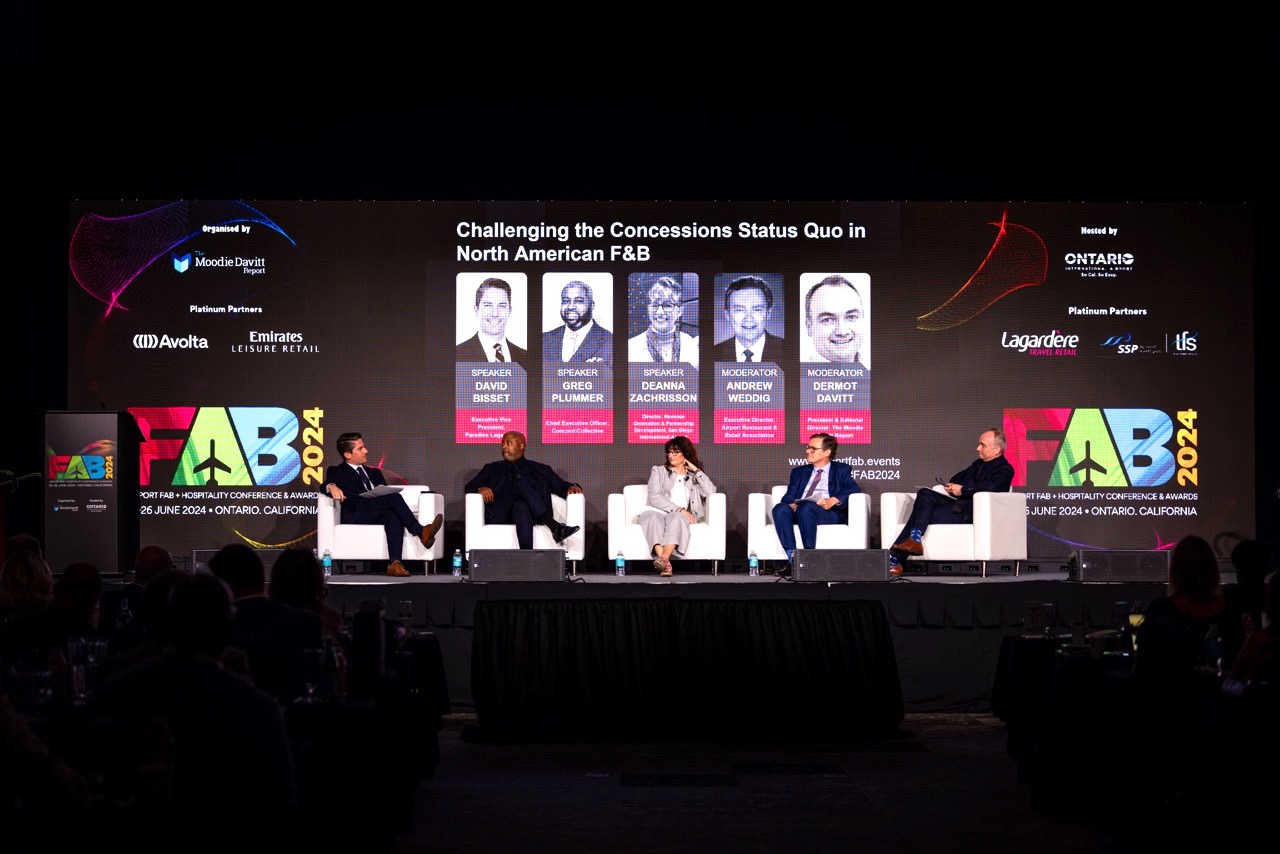
“We needed to be successful with our RFP tender the first time, because we wouldn’t have a chance to do it again. So what that meant, in reality, was looking at all these levers, and understanding that we need to pull some of them to make the project pencil for our partners.
“In the end we have a programme that is dramatically different to the one that went into San Diego ten years ago – although we are taking a fresh look at that programme too, as it also needs redeveloping. It’s like running two separate businesses.
“We are government so we don’t have a lot of flexibility so you have to recognise those areas where you can flex or have influence. Our rents have come down, our terms are longer and we have a good understanding of what it will cost you to fit out, so we are realistic about what is possible.”

Addressing how the industry can move forward more collaboratively, Zachrisson admitted that the RFP process and how it is structured can pit parties against one another and ensure they remain siloed in their thinking.
Bisset noted: “One model we see that is successful is profit sharing with the airports where your goals are completely aligned and you are shareholders together. We have one at Charlotte Airport and it is one of the most successful programmes in North America.
“The second area is RFP planning. If you do this well, you can plan out the concession space well and eliminate unnecessary costs or builds.”
On how a concessionaire prioritises RFPs given their volume factored against slim resources, Bisset added: “It’s not always the biggest airport that is the most profitable contract. You basically have to take every single opportunity that comes to the market and review it. There is no shortcut.
“It means hiring more people, giving a shot to people that you think are talented, and teaching everybody in the space how to run very fast, high-level numbers on every RFP.
“Small airports are not going to miss out as they are some of the best opportunities in the market.”
Weddig concluded: “Let’s shift to long-term relationships away from transactional interactions and break down the silos. Become partners, not financially necessarily, but in developing longer term solutions.” ✈
*Click here for our on location coverage from FAB+ 2024.




